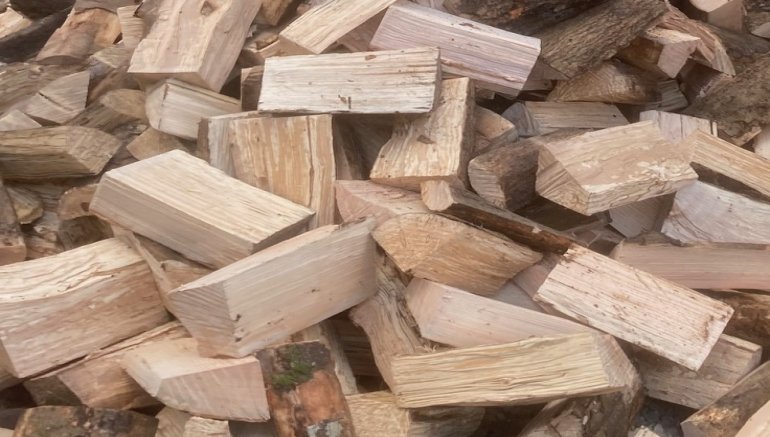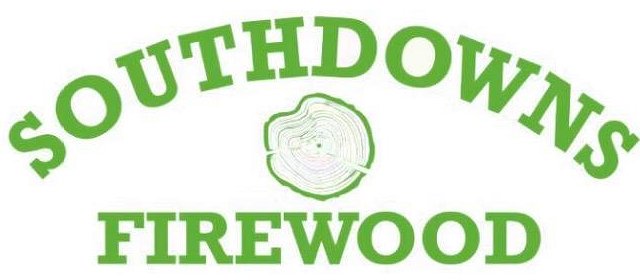
30 August 2025
How Large Should A Firewood Log Be?
When buying sustainable firewood, it is important to know that it is not just the overall surface area and weight that matter, but also the size of each individual piece of wood. It is a matter of quality as well as quantity.
Part of this is the Ready to Burn initiative, which requires firewood to have a moisture content of less than 20 per cent in order to prevent harmful pollution.
Part of this is achieved through seasoning, but that is made easier when choosing the right type and size of firewood for your needs.
In general, the log should be sized according to its use to ensure that it is burned efficiently and with as little waste as possible, and the exact dimensions can be somewhat variable.
However, a general rule of thumb for most domestic wood-burning applications is that logs between 20 and 30 centimetres in length and between seven and 15 centimetres in diameter are ideal.
Anything larger is unlikely to fit most domestic stoves, and logs that are considerably smaller than this may suffer from inconsistent burning patterns.
Large logs take much longer to burn through, which is not only enjoyable to look at, but it also means that a single log will last a lot longer, burn considerably slower and give off less smoke as it does so.
That is not to say that smaller logs do not have a use; small logs are perfect for kindling a fire, stoking a fire and keeping it going or quickly topping up the fire if it is beginning to fade.
In general, it is a matter of purpose, and ideally, you should have a combination of firestarting kindling and the largest logs you can get that will fit in your stove or wood-burning appliance.
We can help by cutting firewood to your requirements, delivering logs cut to size, seasoned, quickly and efficiently.

